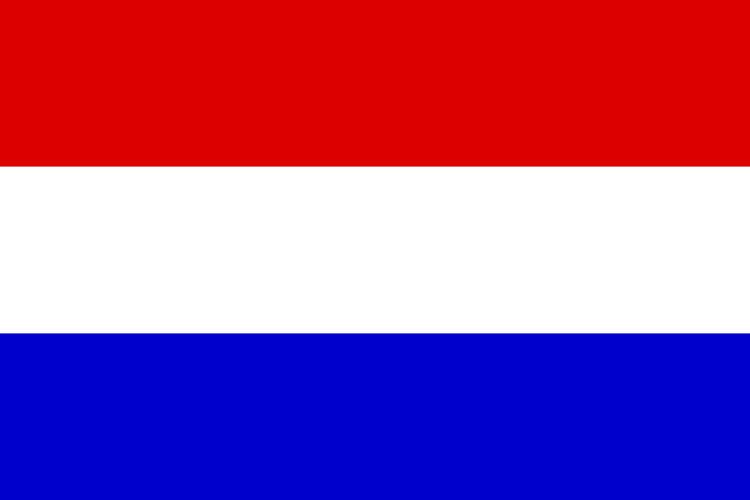1868–1944 →
→ Disestablished 1944 1905 2,070,076 Date formed 1868 | Flag Coat of arms 1905 15.699.3 km (6 sq mi) Capital Kassel | |
 | ||
1939 16,845 km (6,504 sq mi) | ||
The Province of Hesse-Nassau (German: Provinz Hessen-Nassau) was a province of the Kingdom of Prussia from 1868 to 1918, then a province of the Free State of Prussia until 1944.
Contents
Hesse-Nassau was created as a consequence of the Austro-Prussian War of 1866 by combining the previously independent Hesse-Kassel (or Hesse-Cassel), the Duchy of Nassau, the Free City of Frankfurt, areas gained from the Kingdom of Bavaria, and areas gained from the Grand Duchy of Hesse (Hesse-Darmstadt; including part of the former Landgraviate of Hesse-Homburg). These regions were combined to form the province Hesse-Nassau in 1868 with its capital in Kassel and redivided into two administrative regions: Kassel and Wiesbaden.
On 1 April 1929, the Free State of Waldeck became a part of Hesse-Nassau after a popular vote and became part of the Kassel administrative region.
In 1935, the Nazi government abolished (de facto) all states, so the provinces held little meaning. In 1944, Hesse-Nassau was split into the provinces of Kurhessen (capital in Kassel) and Nassau (capital in Wiesbaden). In 1945, after the end of World War II, these two provinces were merged and combined with the neighbouring Hesse-Darmstadt to form the northern and western part of the newly founded state of Hesse. Parts of Nassau were also moved into the Rhineland-Palatinate.
Oberpräsidents
The Oberpräsident (or "upper President") was the chief administrator of a Prussian province, appointed by the King on the advice of the Prussian Minister for the Interior. The Oberpräsident administered the province with the assistance of a Prussian government-appointed provincial council.
Insignia
The flag of Hesse-Nassau is identical to that of the Netherlands. The Dutch royal house originates from the Duchy of Nassau.
The coat of arms is split into three parts, each part showing the coats of arms for the three entities that formed Hesse-Nassau:
